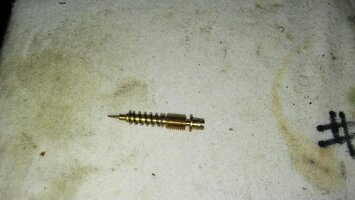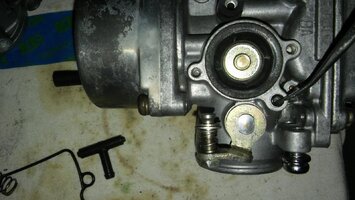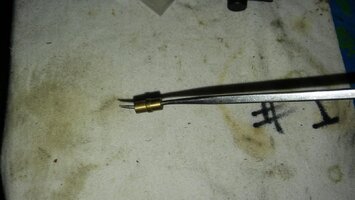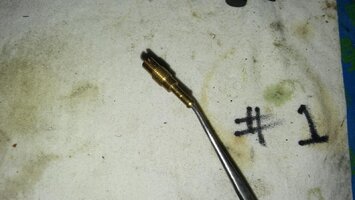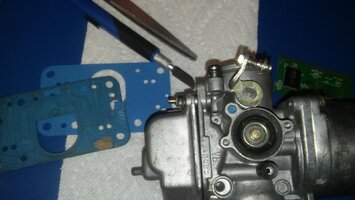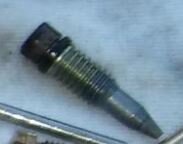The large hole cover seals as well as the vacuum supplied hole to throttle bore and the super small pinhole in the cover itself need sealing too.
A piece of normal 1/16" thick normal gasket material can cover all if you make a gasket to go under the cover, it can cover all 3 locations up. You don't have to necessarily seal using o-rings there. I punch a hole with a leather punch to locate one screw hole and then using a cheap like hardware real short screw then screw the grossly overcut piece of gasket material (draw the outline of a cover using one as an outline tracing shape and then cut out leaving maybe 1/8" extra around the shape) down flat to then locate the other screw center and punch in to locate that one and then the gasket piece is fitted to the carb body as far as the screw hole locations. Then install the cover to tight and sealed and then using like a modeling Xacto hobby knife then carefully trim the gasket OD shape out using the carb body/cover as a shape to cut edge against.
Done like that you don't need the spring or any part of valve inside at all if on 750 carbs, if 1100 you need the centers of valves in place as they operate differently. With the valve gone entirely BOTH the idle restrictions are open like with normal idle on a 750.
The Xacto knife along with a cheap leather punch to punch gasket screw holes should be in every gasketmakers' toolbox.
3 things to seal there, the vacuum supply hole in carb body and the pinhole in cover it connects to as well as the main cover OD.
